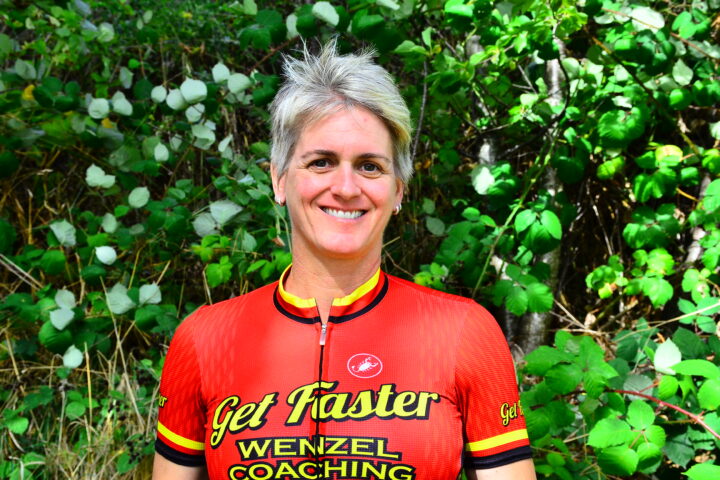
Q&A on Travel and Training, CTL, Race Prep, and Big Gear LSD Rides, with Kendra Wenzel
Coach Wenzel helps answer questions on travel, final race prep, big gear work on LSD rides, pushing through exhaustion, and training races.

Coach Wenzel helps answer questions on travel, final race prep, big gear work on LSD rides, pushing through exhaustion, and training races.

Saddle sores, numbness, and erectile dysfunction are just a few of the issues that can hamper male cyclists. Dr. Andy Pruitt details how to avoid these and other cycling saddle problems.

For decades, weight management has relied on an assumption: that manipulating calorie intake will predict weight gain or loss. But does it actually work?
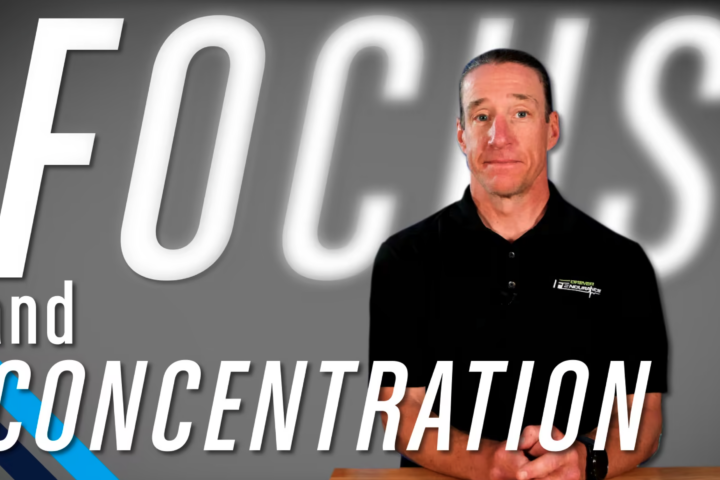
Coach Grant Holicky reveals how to stay focused and concentrated. It’s all about knowing what is relevant to your goal.

Nerd Lab! In this episode, Mr. Pickels nerds out with Coach Trevor Connor for a deep dive into new scientific research findings.
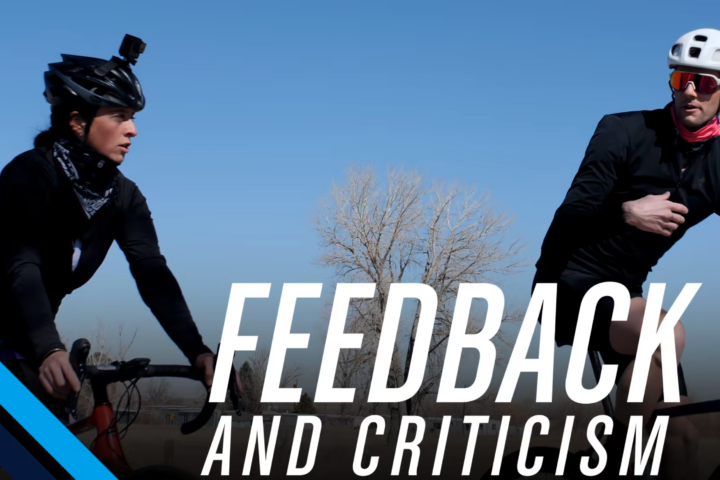
Accepting feedback and criticism is a necessary part in every athlete’s development. Coach Holicky details how to create the best mindset so you can achieve your full potential.

Should we modify how, where, and when we train based on our potential exposure to pollutants?
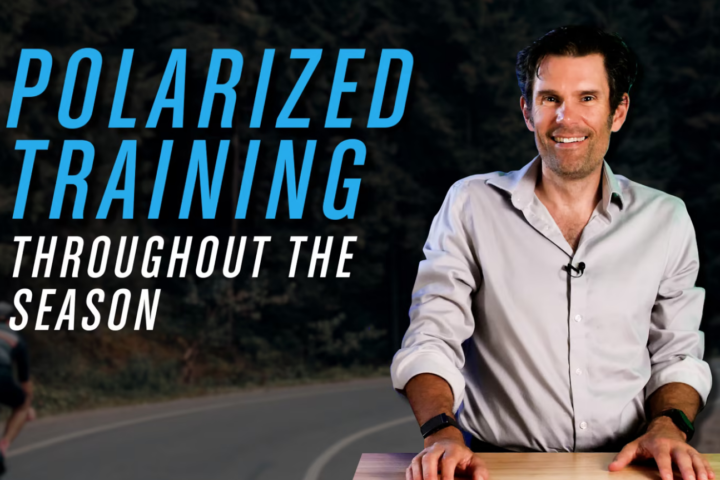
Coach Trevor Connor details how to apply the polarized training method and distribute intensity across your entire season.
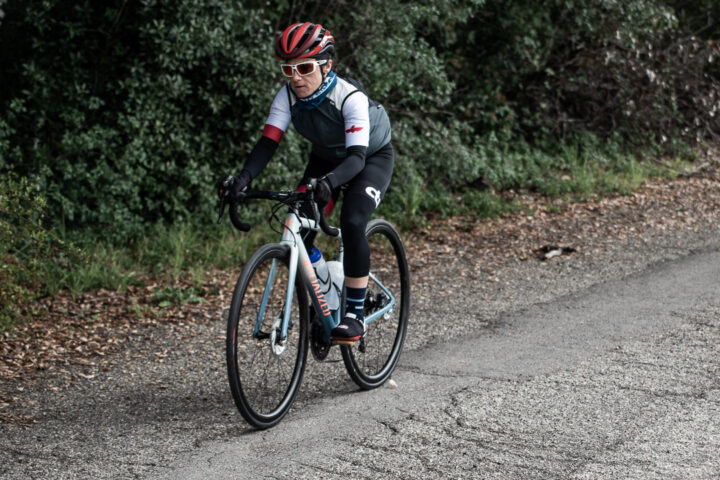
With the help of CTS coach Renee Eastman, we field questions on injury, the power of consistency, weight vs. power, and fast-twitch fibers.
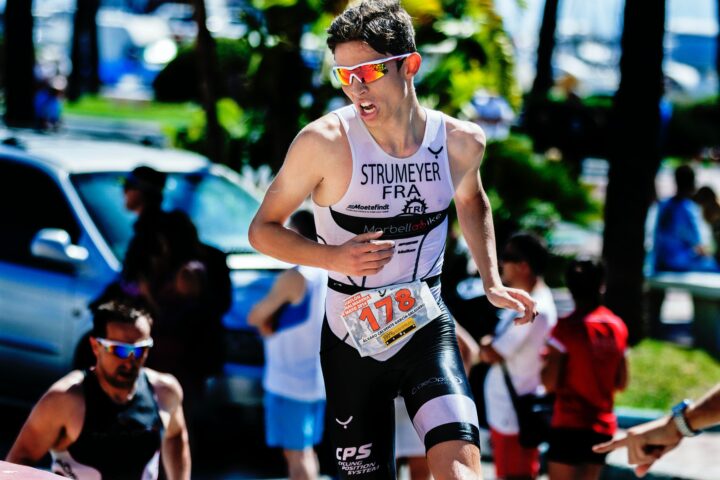
Endurance athletes inevitably face the challenges imposed by training and racing in the heat. How do our bodies respond, and what are ways that we can best prepare? Learn how to beat the heat with advice from Dr. Stephen Cheung, Dr. Stephen Seiler, and a range of experts and coaches.
Should you pay attention to the numbers on your head unit while you’re racing? If so, which ones, and when? We dive in with TrainingPeaks co-founder Dirk Friel.
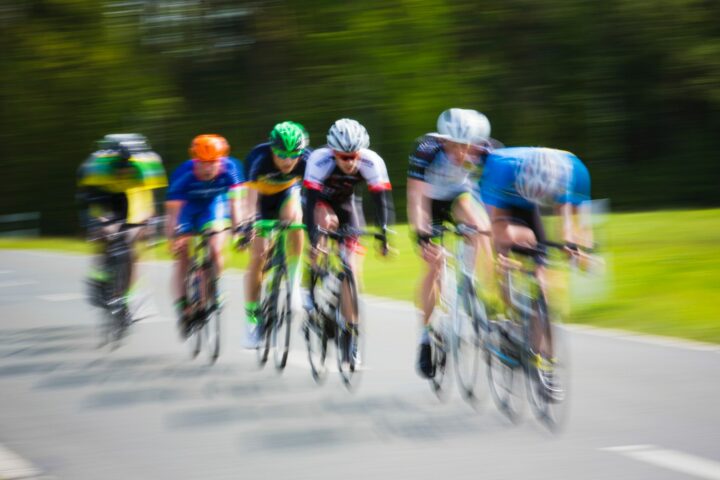
High-intensity training offers many benefits. It also has limitations. We explore just how much HIT work you need to perform at your best.
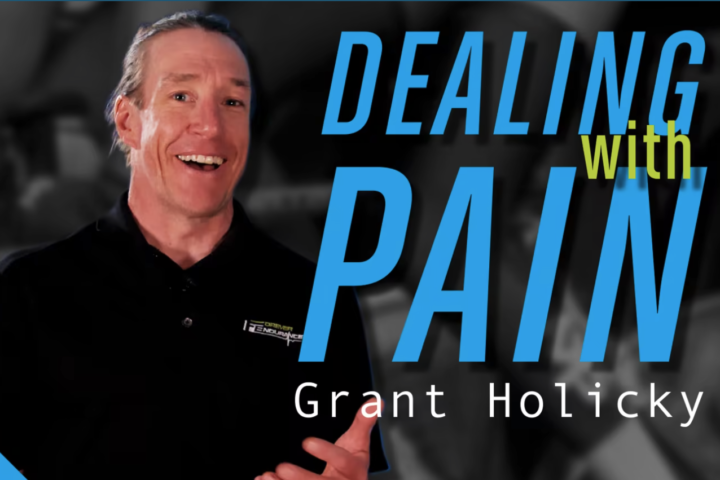
Coach Grant Holicky discusses six ways by which all athletes can forge a better relationship with pain as a part of sport.
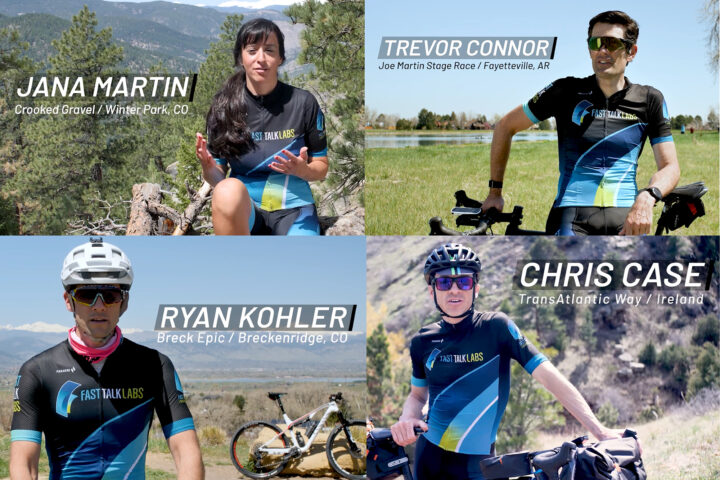
Making a mid-season assessment of your training, and effectively modifying it (if needed), takes skill and confidence. We discuss how to do it, particularly when it comes to structure, recovery, limited time, and top-end form.
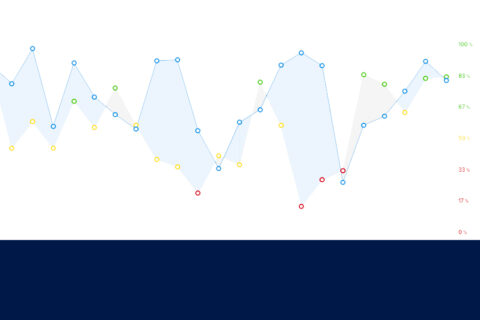
Analyzing your training is a critical aspect of improving fitness. With the help of Dr. Stephen Seiler, Colby Pearce, Julie Young, and many others, we explore how and why to monitor and analyze data, and explore different approaches to interpreting and managing your workout data.
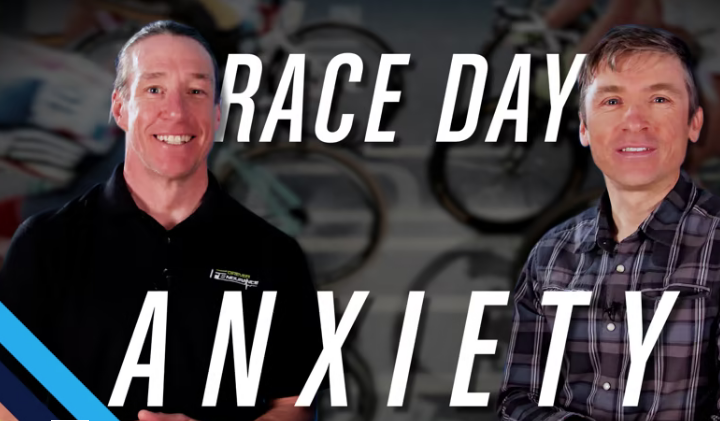
Coach Grant Holicky explains how athletes can better manage anxiety through visualization, routine, and reframing.

Can cycling twice in one day produce the same benefits as one long ride? Do “two-a-days” yield adaptations you can’t get any other way? We explore.
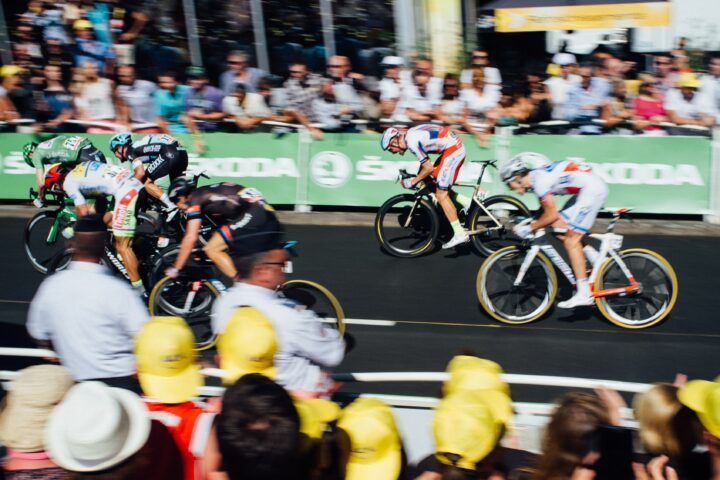
We explore the physiology of race season—how to find top-end fitness, how long it takes, and the best ways to do it.